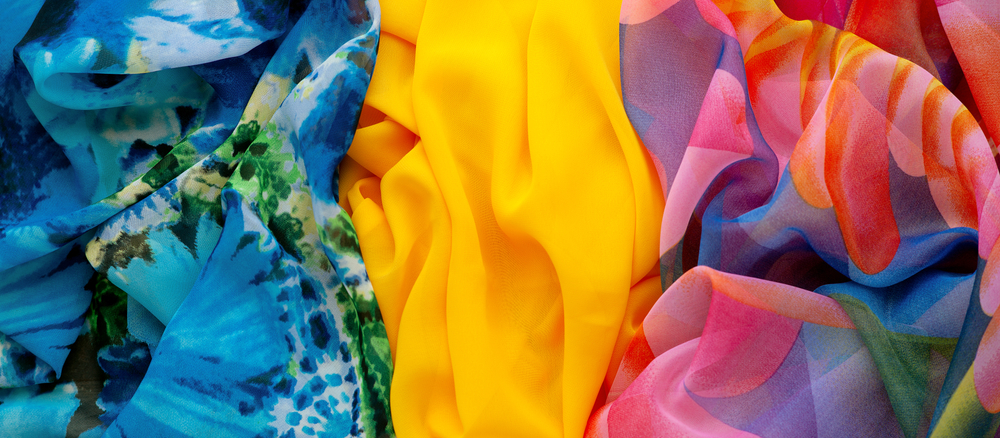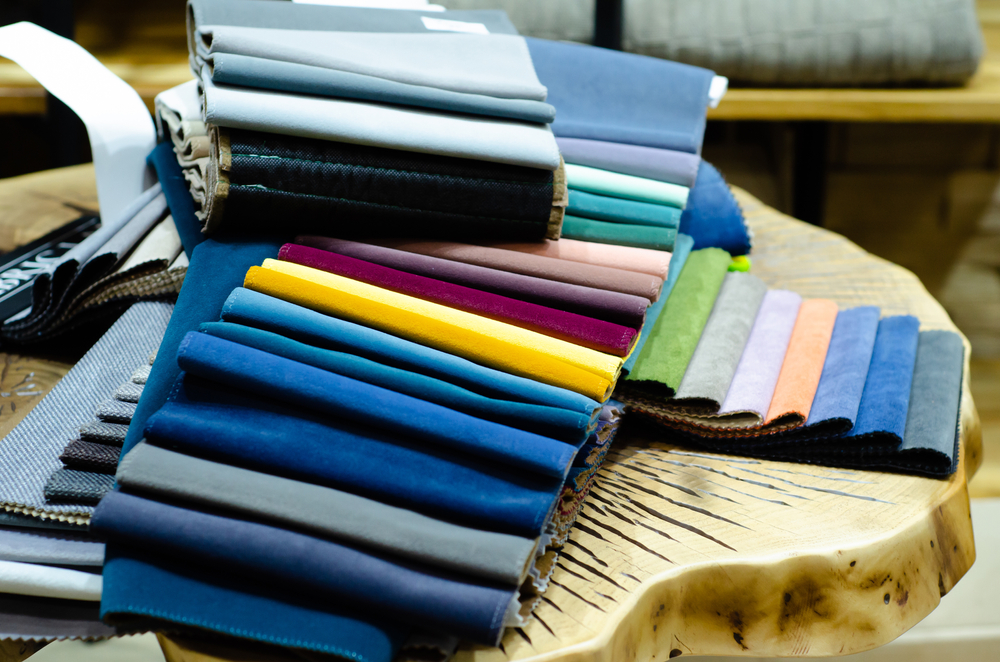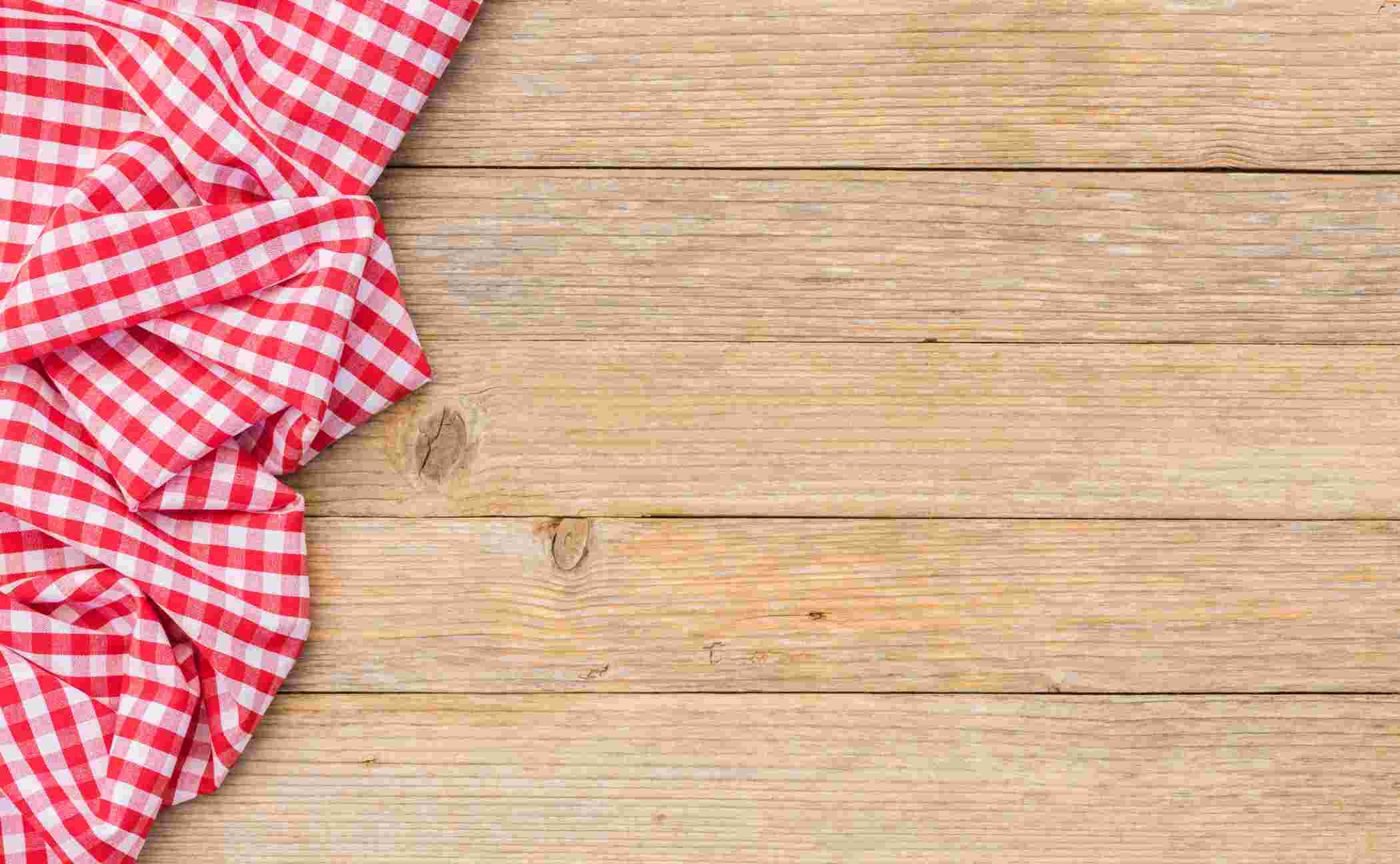An Introduction To Fabric Grouping



What Is Fabric Grouping?
Fabric grouping is the process where different rolls of fabric are separated and grouped based on their specifications and other physical properties. The primary purpose of fabric grouping is to maximize fabric utilization and minimize cutting time. Ordering bulk fabrics means getting several rolls of fabric with varying lengths, shades, widths, and even shrinkage levels. Fabric grouping ensures optimum fabric utilization as well as cutting room performance to avoid wastage.
Why is Fabric grouping necessary?
Fabric grouping is considered one of the key factors when it comes to fabric utilization. Different fabrics need to be treated differently, to get consistent results. These fabrics also react differently during the garment-making process. This raises the need to group bulk fabrics based on their physical characteristics before processing them into garments.
Here are a few important reasons every garments factory should consider fabric grouping-
- It helps assess the quality of the fabric, especially if it is sourced from different suppliers
- Similar fabrics when grouped, lead to faster processing and quicker turn-around time
- It helps minimize wastage of fabric during the processing time
- Bulk fabrics may have shade variations, which can be detected during fabric grouping.
- It helps workers understand the reaction of the fabric to various steps of processing and plan accordingly. For ex- some fabric may shrink more or less during the fabric washing process
- It helps workers create a marking and cutting plan for each individual fabric roll, reducing the chances of error, thereby wastage.
Thumb Rules For Fabric Grouping

Garment factories usually place bulk orders for fabrics, sometimes from different sources. These fabrics need to be grouped depending on their physical properties. This helps reduce wastage of fabric and faster processing time.
When the factory receives fabric rolls, they are segregated based on the following properties-
- By color and shade-
It goes without saying that a piece of garment with different shades is not a good-quality product. Shade variation is a clear indicator of a defective/poor-quality garment. This explains the need for fabric grouping based on shade, which prevents the mixing of garment components of different shades.
- By fabric shrinkage-
This cannot be avoided for all types of fabrics, particularly knitted fabrics. Cutting fabrics without taking into account the shrinkage factor may lead to your garment measurements going for a toss. It is important to know the fabric shrinkage percentage of a fabric roll so that when you cut the fabric, it can be factored into the design. This will leave room for some amount of shrinkage once the garment is washed, which is unavoidable in most cases.
- By fabric width-
Fabric rolls received by the factories usually vary in width. This difference in width needs to be segregated accordingly. With the same width fabrics grouped together, it makes it easier to prepare the markers for the cutting process. This results in minimum wastage and maximum fabric utilization. Factories can also utilize excess fabric for manufacturing other garments. This is one of the major advantages of fabric grouping based on width.
Fabric grouping is given high importance in garment factories for its advantages. For this reason, most factories have a certain process for grouping the fabric rolls received by them. Factories perform the following activities to check for fabric quality and similar fabrics are grouped together after the following tests are done-
- Measuring the fabric width
- Fabric thread count and weight check
- Fabric shrinkage test on different fabric rolls
- All fabric rolls were checked for shade variations
- Testing the quality of the fabric
- Performing the stretch test to assess fabric elasticity
The fabric rolls with similar characteristics are then grouped together and taken for further processing, which involves a marker and cutting process.
After segregating, the garment factory should handle the grouped fabric carefully. Each grouped fabric should be carefully labeled. Then, markers should be set according to the fabric width. Only then can fabric wastage be minimized.
Reducing Time In The Fabric Grouping Process-

Fabric grouping in garment factories is done in two ways-
- Manual grouping
In this process, the fabric is grouped manually and segregated according to its physical characteristics. These groups are then processed individually. For this, the factory workers have to set the markers and cut plans according to each group. This increases manual labor and processing time of the garments, and there are high chances of mistakes.
- Automated grouping-
In this process, automated machines detect the fabric length and adjust the markers and cutters accordingly. Though this process is faster, it requires high automation, which may not be feasible for small factory owners.
Be it manual or automated, fabric grouping is extremely important in garment factories. Some of the characteristics of efficient fabric grouping are-
- It should be simple to be followed by the factory workers
- It should significantly reduce the fabric wastage
- It should be time-saving and increase the fabric's turnaround time.
- It should not contain too many markers, which will only result in an increased workload for the workers.
With so much significance given to fabric grouping, most of the time, garment factories may both have the resources or the time to test every fabric roll that comes from the fabric mill. This tedious process will not only result in a waste of time but will also lead to wastage of fabric as well.
In such cases, garment manufacturers must rely on the fabric mills to provide the necessary information regarding the fabric rolls supplied by them. Fabric mills are required to prepare quality reports of each fabric roll manufactured by them. These fabric quality reports contain crucial information regarding the fabric quality, shade, fabric thread count, fabric stretch count, fabric shrinkage, etc. Garment factory owners can rely on these reports to group the fabrics.
This saves a lot of time and effort for the garment factory owners, who would otherwise have to go through the tedious fabric testing process.
Other ways of fabric utilization-
The cost of fabric constitutes 60%-70% of the total garment cost. Fabric is the most significant and major raw material for a garments manufacturer. Therefore effective utilization of its most important resource will lead to an increase in profit margins.
Though fabric grouping is one way of reducing fabric wastage, there are many other ways to increase fabric utilization and thereby, savings for the manufacturer.
Here are a few ways in which maximum fabric utilization can be achieved-
- Keeping a record of the fabric ordered-
Keeping a proper record of the quantity of fabric ordered and the quantity of fabric used each time will help reduce fabric wastage and also help avoid repetitive or excess purchase of fabrics than necessary
- Planning proper cutting and marker setting-
This is very important when it comes to effective fabric utilization. Proper cutting and marker setting will help make the best out of the fabric laid out. Whether it is done manually or through machines, this step is crucial to avoid fabric wastage. Factory workers should follow maximum marker length and height settings for maximum fabric utilization
- Segregating fabric rolls by color and width-
As mentioned above, fabric grouping should be done before planning the cutting process to group similar fabrics and treat them accordingly. This will help workers set multiple markers for each fabric type, reducing wastage in the process.
- Quality check of fabric before cutting process-
A thorough quality check of the fabric will ensure that it is even without any defects or cuts. This will reduce ugly surprises during the cutting process, which will then be too late. This can have an impact on the quality of the garments.
- Purchase of low shrinkage fabric-
Fabric that tends to shrink can harm the manufacturing process. It results in low-quality garments that are not true to size. Fabric that shrinks also requires additional wash before the cutting process, increasing manpower and turnaround time.
- Ways of utilizing the excess fabric-
Excess fabric can be utilized in other ways. If a proper cutting plan is utilized, the excess fabric can be used to manufacture garments in smaller sizes as well. There are lots of other creative ideas that the factory owner can use to monetize the excess fabric left.
Are you looking to simplify your garments manufacturing process? Then you are at the right place.
We @ Fashinza, are an online B2B portal that will take care of all your garments manufacturing needs. Whether you plan to start your own fashion brand or are looking to increase items in your current brand, we are here to help. Just connect with us and will deliver you market-ready products, right at your doorstep.
For more information, visit https://fashinza.com/.



















